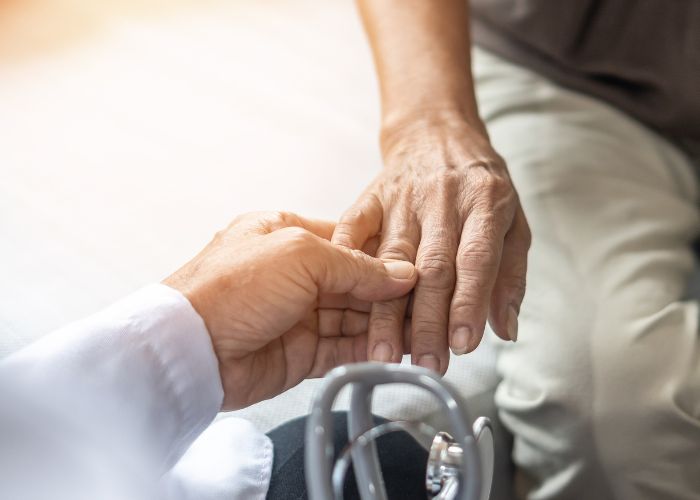Over 200,000 people in the US are currently diagnosed with Parkinson’s disease. Parkinson’s affects one’s central nervous system, influencing movement control. It can cause uncontrollable shaking, imbalance, poor coordination, and stiffness.
There are numerous therapy and alternative therapy options for those with Parkinson’s, but the ones that provide the most benefits and symptom relief include movement. From dance and yoga to hippotherapy, countless physical and movement therapy forms exist to explore for those with Parkinson’s. Each provides an engaging therapy session that enhances an individual’s skills through body motion. Here is how movement benefits those with Parkinson’s disease.
Increased Strength
Whether swimming or lifting weights, any form of movement puts muscles to work. The more active the body is, the stronger the muscles become. Strengthening muscles occur over time as the body kicks into healing mode after a workout, creating and fusing muscle fibers into stronger, denser muscle protein strands called myofibrils. For those with Parkinson’s, increased strength improves their bodily control, balance, and other motor abilities.
Improved Flexibility
Improved flexibility also offers additional benefits to those with Parkinson’s. Like increased strength, flexibility expands one’s range of motor abilities and reduces the chances of stiffness. Flexibility occurs as the muscular elasticity of joints broadens through movements targeting specific muscles and joints. Stretching, dancing, and yoga are often used in movement therapy to help strengthen one’s flexibility.
Heightened Coordination
For movement to occur, someone must be controlling the body. Simply moving puts a person in control of their body. With better control mechanisms, strengthened muscles, and broadened flexibility, a person’s coordination heightens. Those with Parkison’s learn to improve their coordination through movement as they gain better control over their motor skills.
Better Sleep
On top of strengthening motor skills, movement also benefits those with Parkinson’s by leading to better sleep. Any type of movement takes up energy. Most people with Parkison’s find sleeping difficult due to pain, stiffness, or constant uncontrollable movement. Engaging in physical activities helps use up one’s energy, leaving less fuel to power muscle movement. With the muscles and energy supply depleted and focused on healing and growing, those with Parkinson’s get a better night’s rest as their muscles and nervous system also take a break.
No matter the physical activity or form of therapy, promoting and establishing movement in the routine of someone with Parkinson’s leads to numerous benefits. It helps ease their symptoms through strengthened skills and attributes, improving their daily life.

















